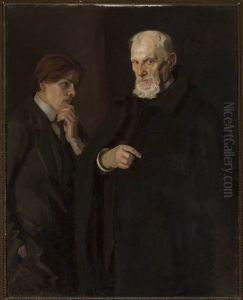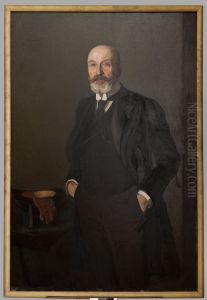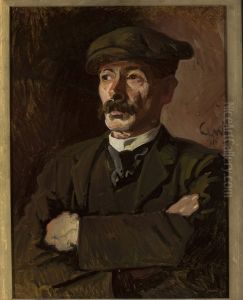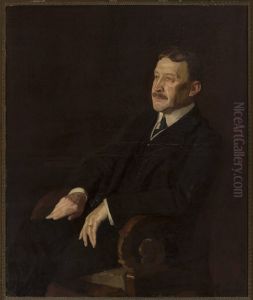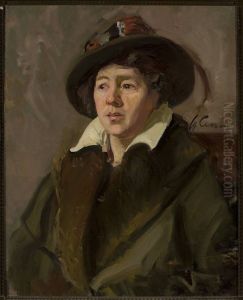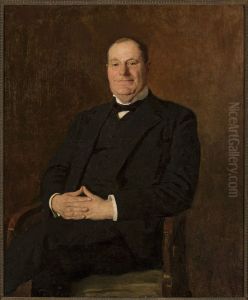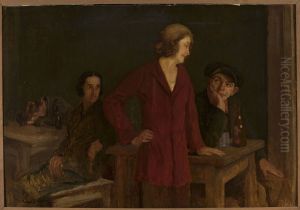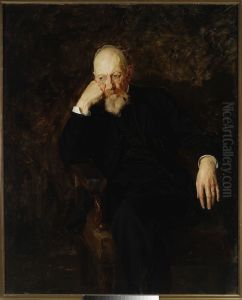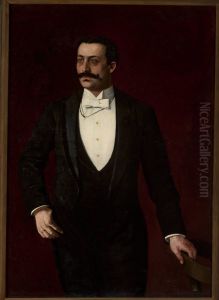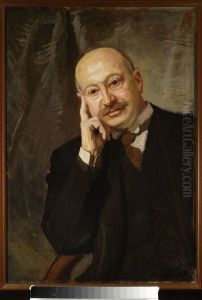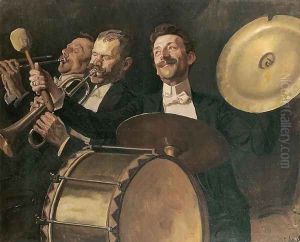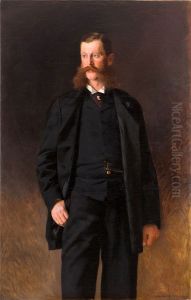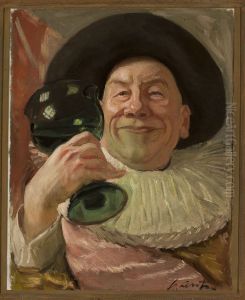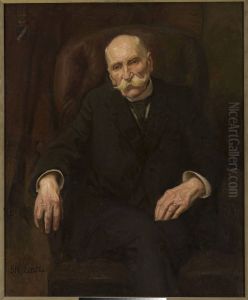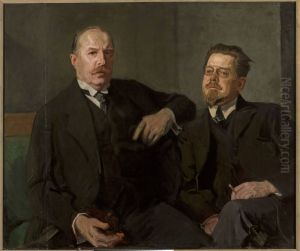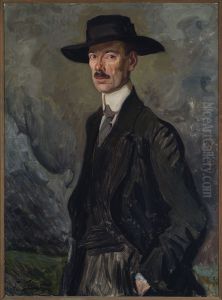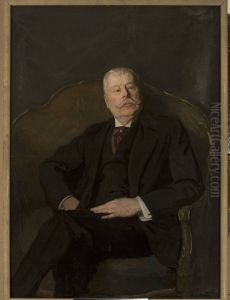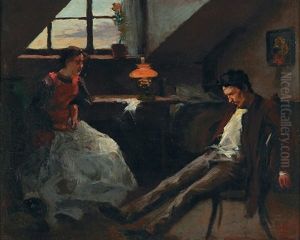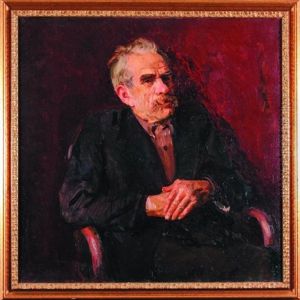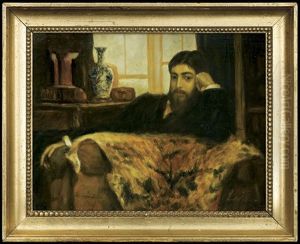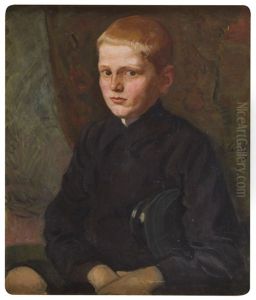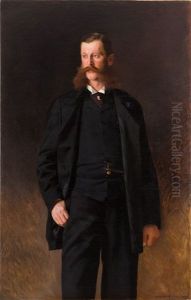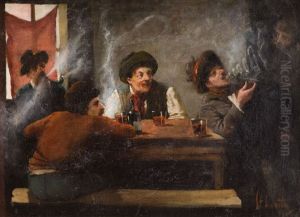Stanislaw Lentz Paintings
Stanisław Lentz was a Polish painter, born on September 23, 1861, in Warsaw, which was then part of the Russian Empire. Known for his portraits, genre scenes, and allegorical compositions, Lentz was a prominent figure in Polish art at the turn of the 20th century. His artistic education was grounded in the Warsaw Drawing Class, but he further honed his skills at the Academy of Fine Arts in Munich, a hub for many Polish artists seeking advanced training abroad due to the political situation in their partitioned homeland. After his studies in Munich, Lentz returned to Warsaw, where he became deeply involved in the local art scene, contributing significantly to the development of Polish artistic identity during a period of national upheaval.
Lentz's work is characterized by its detailed realism, nuanced use of color, and often, a melancholic or introspective mood. Although he painted a variety of subjects, his portraits and scenes of everyday life in Poland are particularly notable for their psychological depth and sensitivity to the human condition. Lentz was also known for his religious paintings and allegorical works, which reflect his interest in symbolism and the spiritual themes that were prevalent among many artists of his era. As a professor at the Warsaw School of Fine Arts from 1904 until his death, Lentz played a crucial role in shaping the next generation of Polish artists, emphasizing the importance of both technical proficiency and creative expression.
Throughout his career, Lentz participated in numerous exhibitions, both in Poland and abroad, gaining recognition and accolades for his artistic contributions. His paintings can be found in various museums and private collections, testament to the enduring appeal of his work. Stanisław Lentz died on June 10, 1920, in Warsaw, but his legacy lives on through his influential body of work and the many students he mentored, who continued to propagate his artistic ideals and visions.

